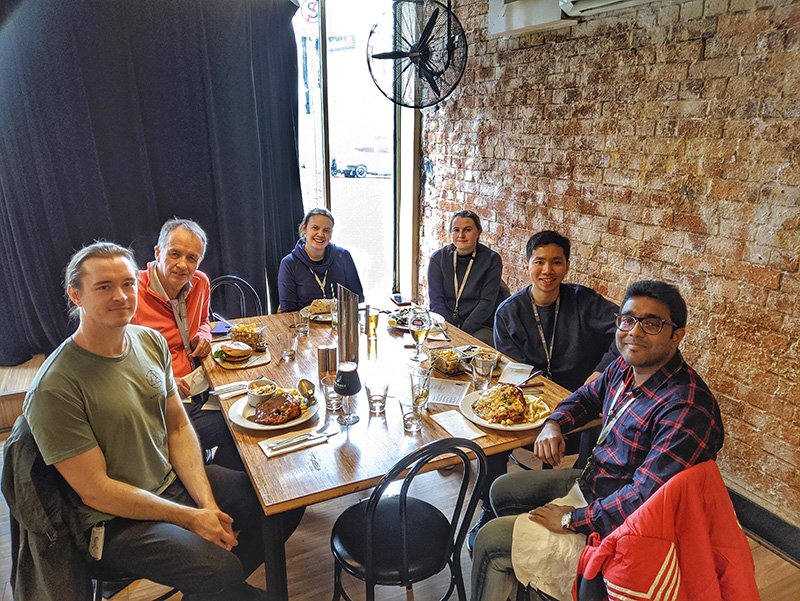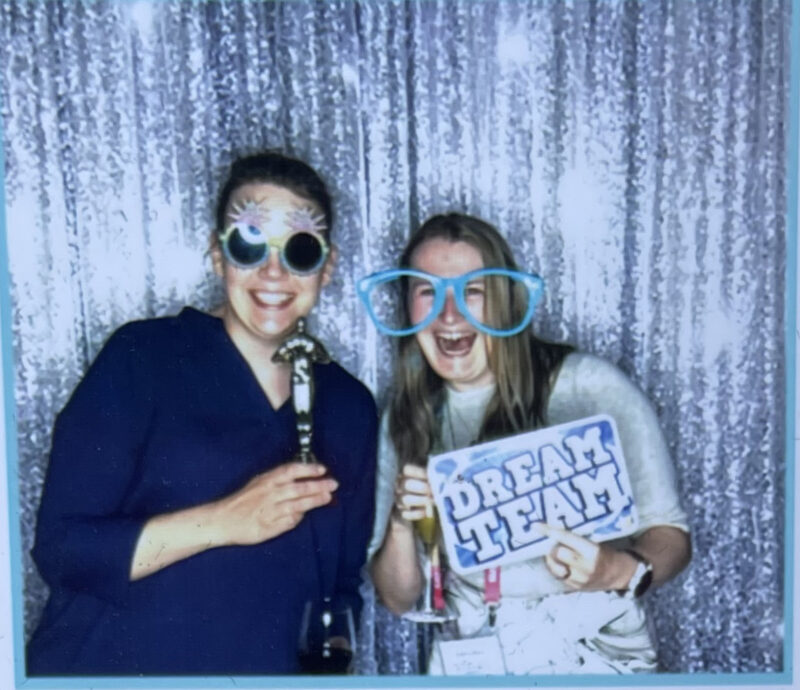Our laboratory aims to understand the molecular details of cell signalling pathways involved in cell development, fate determination, and polarity. These processes are important in embryonic development and maintenance of healthy tissues in adults. Because of this, their dysregulation underlies the cause of many human cancers.
Specifically, we are interested in understanding the molecular details of different steps in Wnt pathways. Wnt signalling is initiated by Wnts that bind to their receptors and co-receptors, leading to different cellular responses. Multiple steps of the Wnt pathways have been explored as therapeutic targets for cancer treatment, however, due to the extreme complexity and importance of Wnt signalling for normal tissue homeostasis, its safe and selective targeting remains a challenge.
We are combining cryo-electron microscopy and x-ray crystallography with biochemical, biophysical, and pharmacological assays to gain insights into the atomic-level details of individual proteins as well as large complexes involved in Wnt signal transduction. Such detailed understanding is crucial for the development of novel therapeutics and improving ones that are already in clinical trials.








